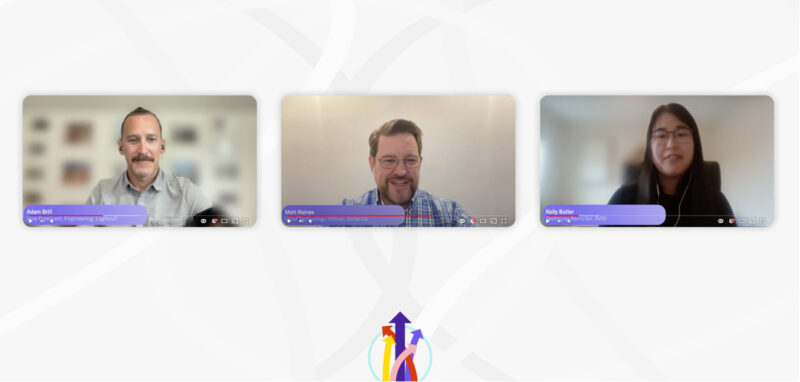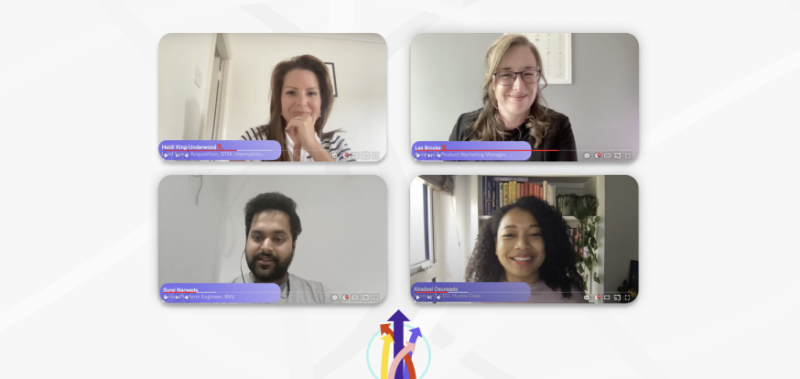
What is the STAR Method & How to Incorporate it in Job Interviews
If you feel yourself rambling in response to interview questions, it can be worth learning some answer frameworks to help structure your thoughts. The STAR method (which stands for Situation, Task, Action, Result) is a popular technique used to answer competency-based questions. This guide will help you understand when and how to use it.
First, know when to use the STAR methodCompetency-based questions are generally those that start with something like “Tell me a time when you…” or “Give an example of…” and require you to tell a story as part of the answer. As opposed to behavioral or skills-based interviews, these types of questions are designed so that the interviewer both gets a better sense of your past experience, as well as being able to evaluate your ability to communicate in a clear and structured way.
If you sense this type of question, consider using the STAR method as you talk through your answer. On the flip side, if the question is specifically about your technical skills or personality, structuring your answer with STAR may sound forced, so knowing when not to use it as just as important.
Second, prepare your stories within the STAR method frameworkIn order to use STAR effectively in an interview, prepare some stories beforehand that can be used to answer multiple types of questions. For example, a story about managing a team when you didn’t have official authority might be used to answer a question about a time you had a challenge with a colleague, motivated others, made a difficult decision, and more.
You should have 5-6 stories covering a wide variety of topics, as interview length typically won’t allow for more questions than that.
Once you’ve chosen stories that fit nicely into the STAR framework, write down notes that correspond to each of the four sections for each story:
1. Situation:This section sets the context for your answer—essentially the who, what, when, and where of the story. If it happened at a previous employer, be sure to mention what your role was, which stakeholders were involved in the situation, and the timeframe, not to mention the challenge or task itself.
While work-related situations are generally more useful as they can give the interviewer a deeper view into your past roles, volunteering or other relevant situations can be just as effective. Being well-practiced with this piece of the answer can help to avoid unfocused rambling about the context.
2. Task:Based on the situation you were in, what was the task that needed to be carried out? Keep in mind that this is distinct from the action, which is what you ultimately did. This can also be a good place to highlight any specific challenges or roadblocks you were facing.
3. Action:Once you explain what needed to be done, move ahead to the action(s) you actually took. As you’re preparing your answers, try to think of ways that your actions demonstrate desirable characteristics relevant to the role you’re interviewing for. If you’ll be managing a team, for example, consider how your actions were indicative of empathy, leadership, and teamwork.
4. Result:Here you can share not only the tangible outcome, but also any important relationships that were built over the course of the story, learnings you took away from the scenario, and changes in team dynamics as a result of your actions. Even if the outcome wasn’t 100% positive, this can be an opportunity to show how and what you’ve learned, which is often just as desirable as getting things right all the time.
Practice, perform, tailor, repeatJust thinking of stories isn’t enough to be effective when using the STAR method; Practicing each one and becoming comfortable with what you’re saying is key to success. At a basic level, it’s important to remember the various aspects of each story, so practice helps with memorization.
Remember, it’s just as important to communicate the story easily, particularly when using a framework that might not come naturally on the first try. Avoid reciting the story, you don’t want to sound robotic. Memorize it just enough so you hit the right beats of the story, and feel you covered what you needed.
After using the method in an interview, consider what went well and what didn’t. Was one of your examples not well-received, or perhaps a certain piece of a story felt artificial as you were telling it? Adjust your answers accordingly, and re-practice with any updates you’ve made.
In addition, if you’re interviewing for multiple types of roles, consider tailoring your answers to reflect the skill sets each interviewer will be looking for, rather than giving generic answers that aren’t relevant to any of the roles.
Lastly, evaluate how well the STAR method fits your interviewing style. If you feel it helps, then by all means continue using it, but if you think it’s damaging your chances of success, don’t feel tied to it. After all, the end goal is to land the job you want, and the STAR method is just one of many tools to help you get there—so use it how and when it makes sense for you.
You’re ready to implement the STAR method in your interviewsCongrats! You’re on your way to more focused and impactful job interviews. For more, information, check out Hired’s events for candidates. Whether you’re on the platform actively looking or not, we host many events for jobseekers, including coding challenges, AMAs with partners, and other virtual candidate events. If you’re not on the Hired platform and are ready to find your next role in tech or sales – sign up now! It’s free for jobseekers. Find out why Hired turns the traditional job search upside down, so employers look for you!
Related blog posts

How to Answer “Tell Me About Yourself” Interview Question for Tech Talent
How to ace the number one question in interviews for tech roles, like software engineers –...

Video Interviews 101: How To Impress In The Digital Age
12 Easy Steps to Boost Job Interview Success You passed your phone screen with flying colors....

FAQs from Jobseekers: Approaching the Technical Interview with Confidence (VIDEO)
Technical interviewing takes skill and is actually a skill in itself. In this AMA-style discussion...

Future-Proof Your Tech Career: How to Make Strategic Decisions (VIDEO)
These days, making strategic career decisions is often tied to conversations about “quiet...

Interview to Get Hired: What Top Employers Want in 2023 (VIDEO)
What are top employers looking for from jobseekers? Watch this on-demand webinar to hear experts...

How to Create a Strong Personal Brand: The Key to Beginning a Networking Relationship (VIDEO)
A strong brand is not only relevant for businesses. It’s important for individuals too, especially...

